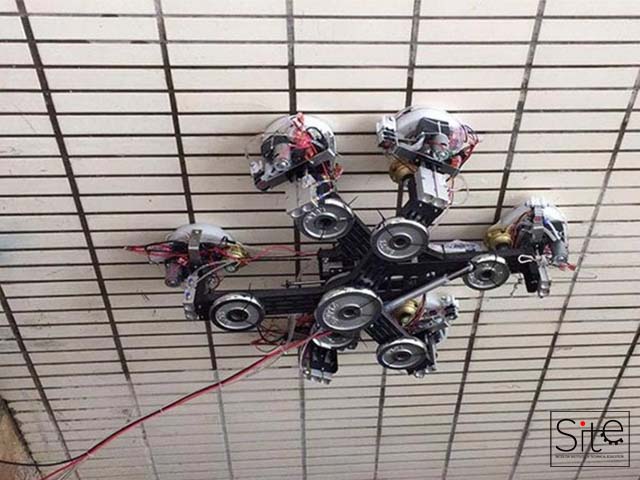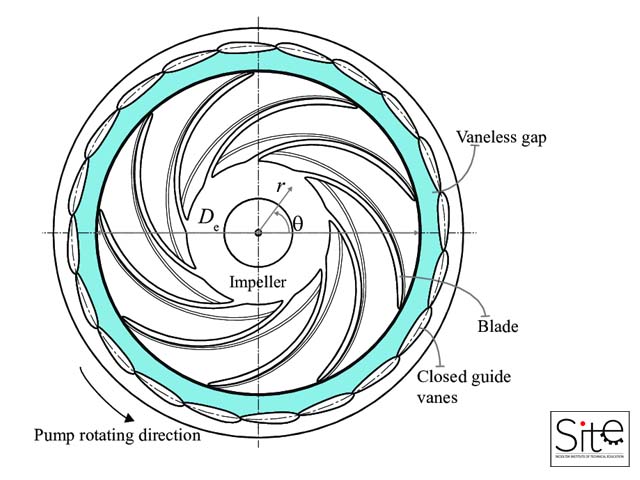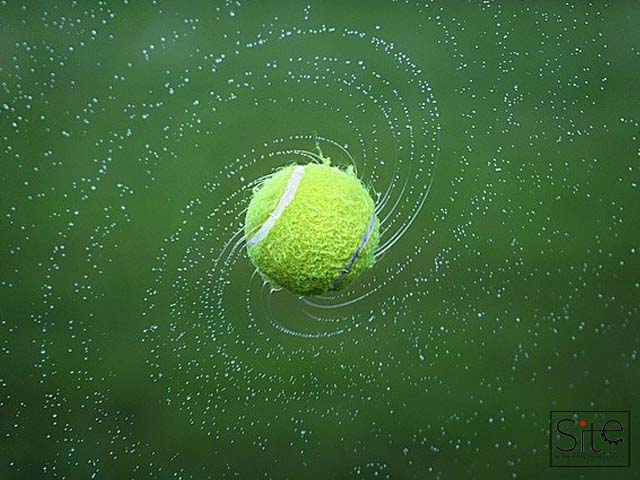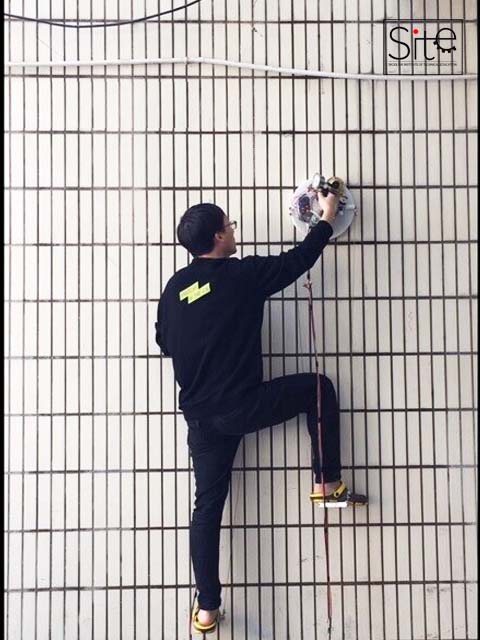- Have any questions?
- 9544233633
- info@skooltek.in
Spider Man Style Robotic Graspers Go against Gravity – Secret Is Rapid Rotating Water Rings

എന്തുകൊണ്ട് പോളിടെക്നിക് ഡിപ്ലോമ കോഴ്സ് പഠിക്കണം ?
September 21, 2021
WHAT IS POLYTECHNIC ?
March 14, 2022Spider Man Style Robotic Graspers Go against Gravity – Secret Is Rapid Rotating Water Rings

Centrifugal force from a high-speed rotating water ring enables gripping uneven surfaces.

Specially designed vacuum suction units allow humans to climb walls. Scientists have developed a suction unit that can be used on uneven surfaces, no matter how textured, and that has applications in the development of climbing robots and robotic arms with grasping capabilities.

Usual methods of vacuum suction and previous vacuum suction devices cannot maintain suction on rough surfaces due to vacuum leakage, which leads to suction failure.
Compared to other wall-climbing robots, the robot with our water based suction unit achieves surprising improvement in performance.
The centrifugal force of the rotating water eliminates the pressure difference at the boundary of the vacuum zone to prevent vacuum leakage. It can maintain a high vacuum pressure inside the suction cup.

Their water suction unit is energy-efficient and smaller and lighter than traditional suction units. The researchers tested their unit with three different suction sizes and applications: on a robotic arm to grip and handle objects, on a hexapod wall-climbing robot and as a Spider Man like wall climbing device.

The next step in this research is to cut down the water consumption. If the water consumption can be reduced, the suction unit will work for a very long time with little water so that the wall-climbing robot could carry its own water instead of being connected to a supply. For more details https://www.skooltek.in/technical-courses/
Robotics
Robotics is an interdisciplinary branch of computer science and Mechanical engineering. Robotics involves design, construction, operation, and use of robots. The goal of robotics is to design machines that can help and assist humans. Robotics integrates fields of mechanical engineering, electrical engineering, information engineering, mechatronics , electronics, bio engineering, computer engineering, control engineering, software engineering, mathematics, etc.

No machines that can substitute for humans and replicate human actions. Robots can be used in many situations for many purposes, but today many are used in dangerous environments (including inspection of radioactive materials, bomb detection and deactivation), manufacturing processes, or where humans cannot survive (e.g. in space, underwater, in high heat, and clean up and containment of hazardous materials and radiation). Robots can take on any form, but some are made to resemble humans in appearance. This is claimed to help in the acceptance of robots in certain replicative behaviors which are usually performed by people. Such robots attempt to replicate walking, lifting, speech, cognition, or any other human activity. Many of today’s robots are inspired by nature, contributing to the field of bio-inspired robotics.For more details https://www.skooltek.in/technical-courses/




